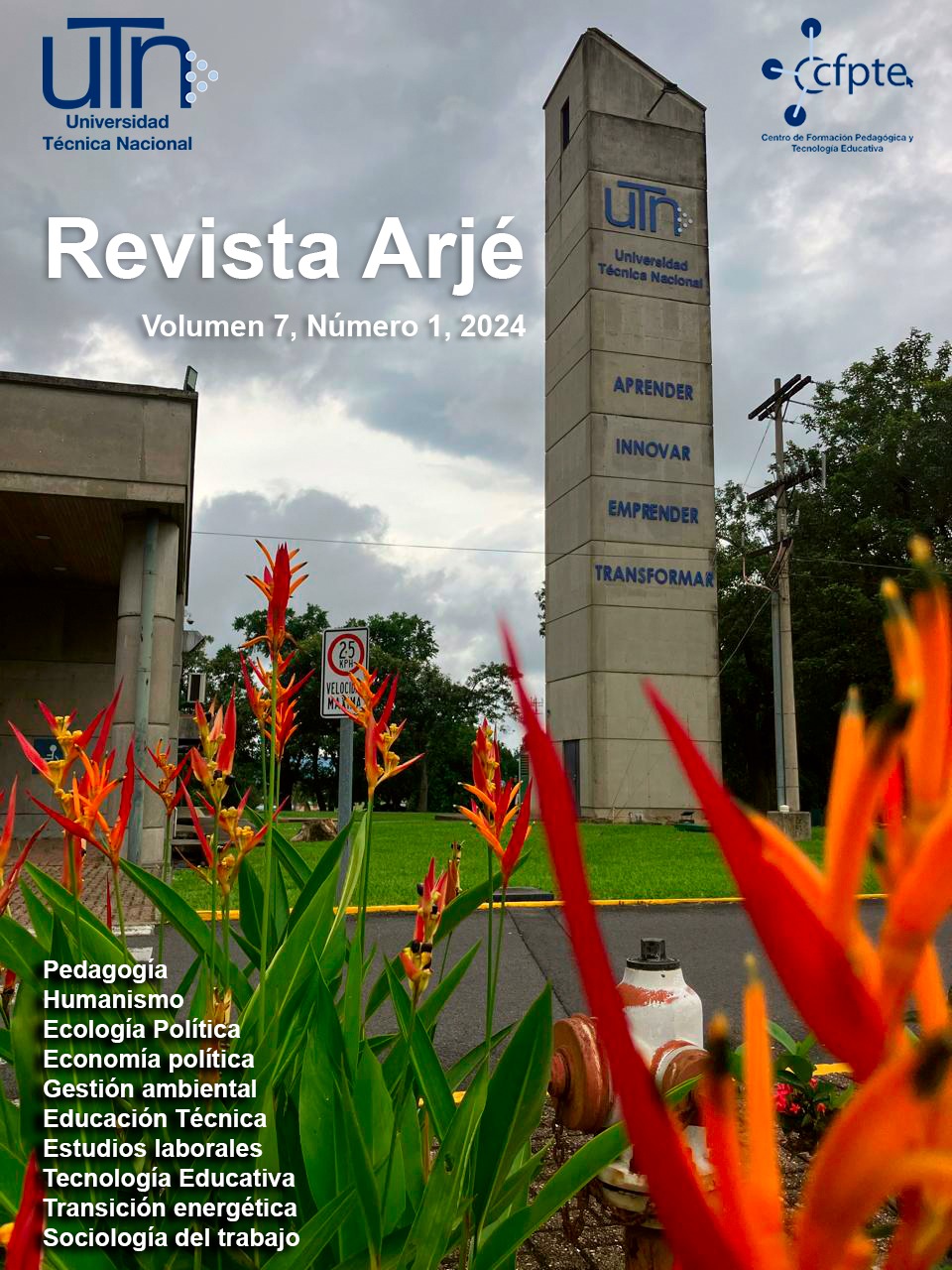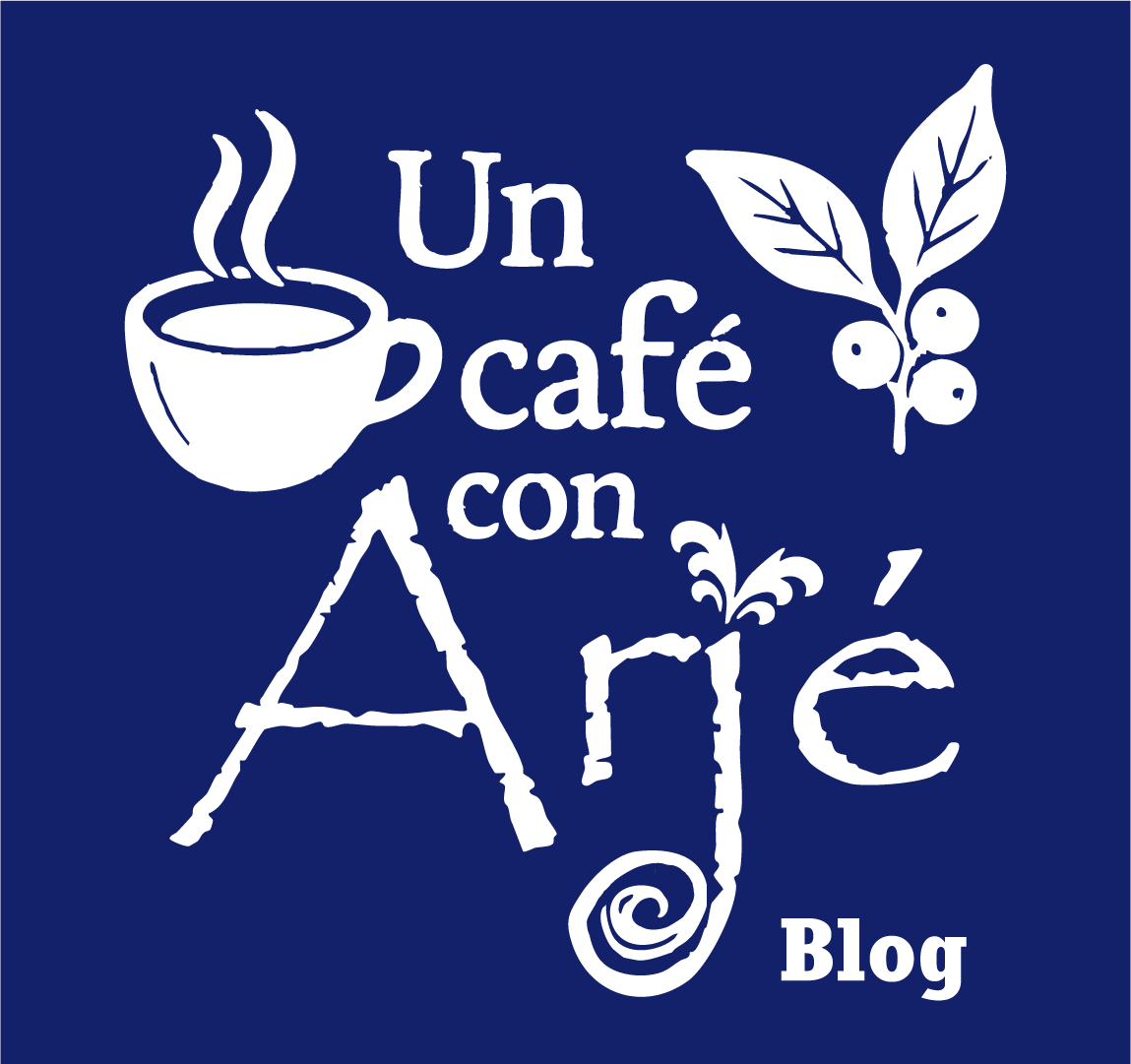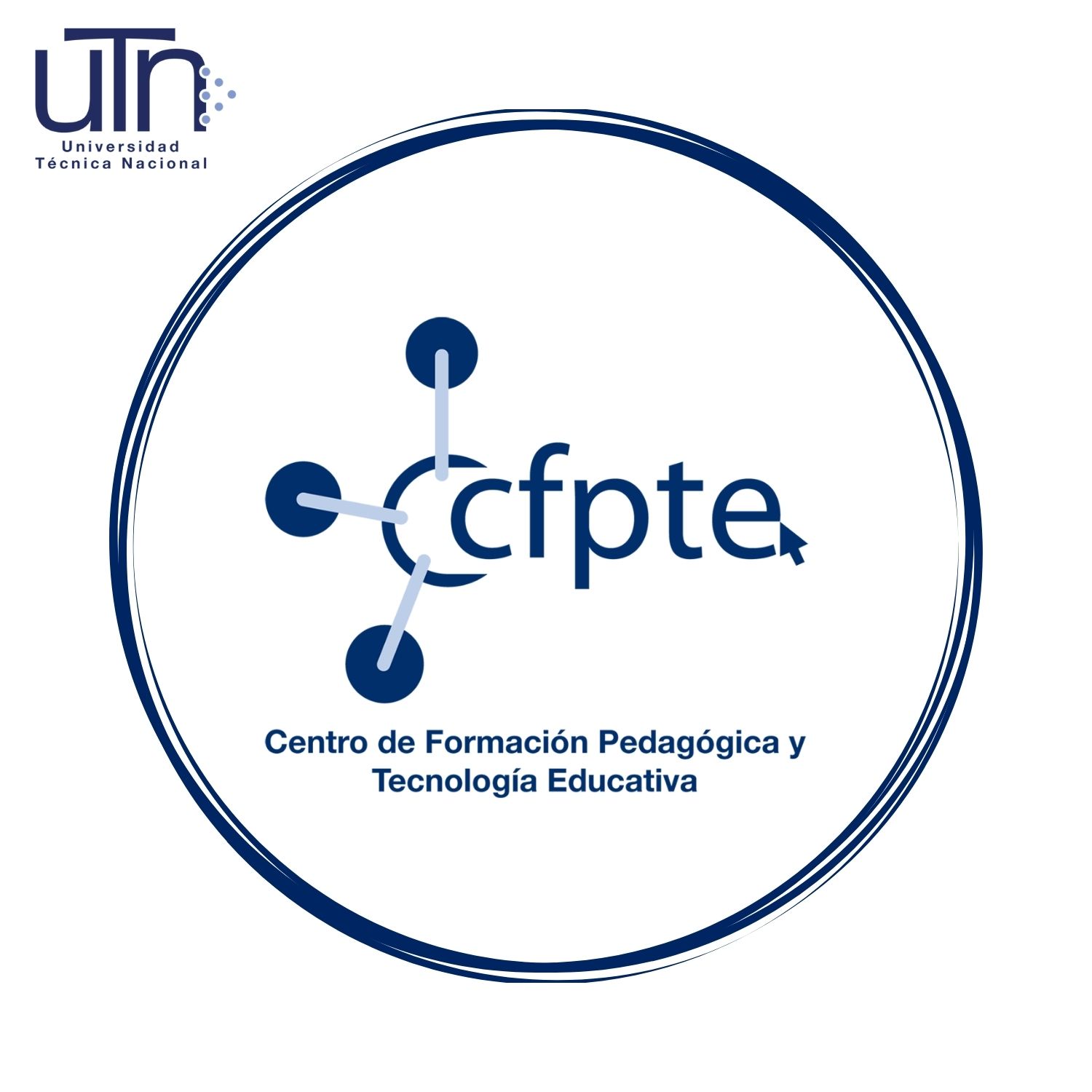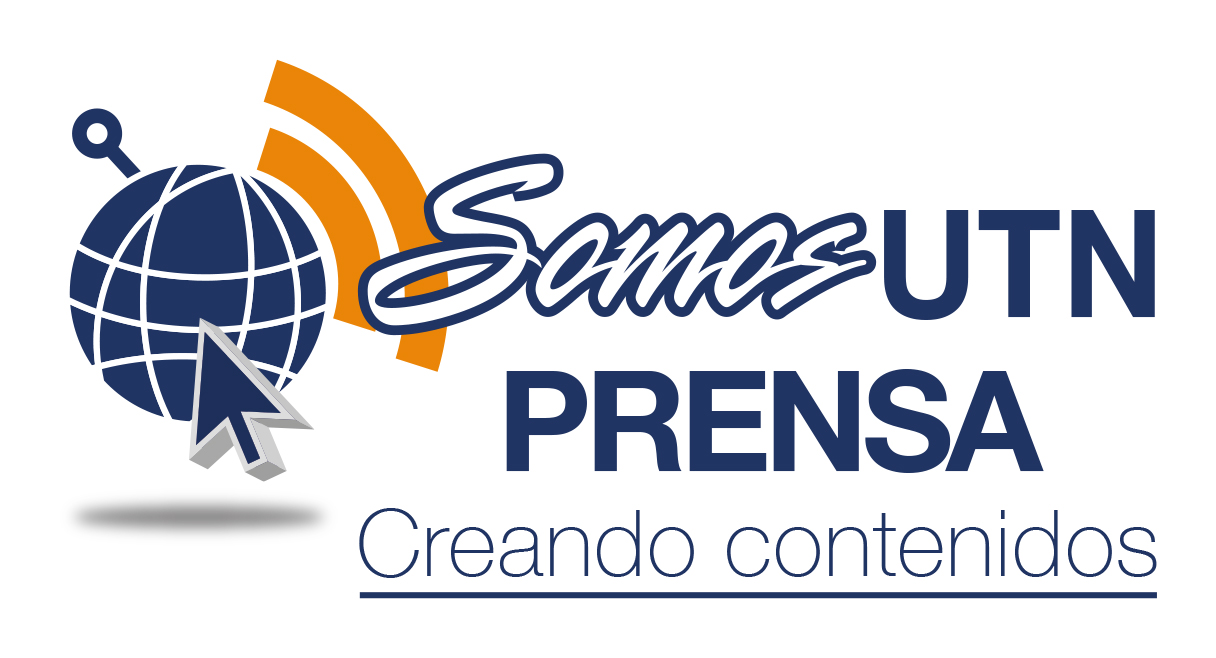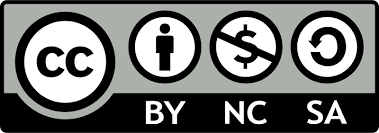SIUA student ́s perspective about hybrid learning in Math courses.
DOI:
https://doi.org/10.47633/nf1gpk97Keywords:
Blended learning, Educational environment, Long distance education, Mathematics teaching, Public UniversityAbstract
The objective of this article is to analyze the criterion of the UCR students belonging to the Industrial Engineering and Mechanical Engineering SPCI careers of the Interuniversity Campus of Alajuela about their experience both in the face-to-face and virtual modalities in Mathematics subjects, in order to demonstrate the possibility and feasibility of using a methodology based on hybrid learning in such subjects for the student population of this university campus.
This criterion is presented, from an exploratory point of view, through the data obtained by means of the application of an instrument and the results obtained from them, the possibility of implementing a hybrid model in the Mathematics courses they must take and pass as part of the curriculum of their respective careers, based on those aspects that were considered positive and negative of the experience in subjects of this branch both in virtual and face-to-face mode.
Finally, the main conclusions drawn from the data and results of the research process are presented, particularly the interest shown by the students in the application of a hybrid modality in the Mathematics courses taught in their careers.
Downloads
References
Arroyo G., Delgado E. (2020). “Mediación Pedagógica de la Matemática en la virtualidad.” Revista Académica Arje, Volumen 3, Número 2. 67-77. Recuperado de https://revistas.utn.ac.cr/index.php/arje/article/view/250
Calvet Valdés, N., Alfonso Hernández, J. y Acosta Padrón, R. (2022) "Aprendizaje Híbrido Del Inglés En La Universidad En Tiempos De Pandemia." Mendive 20.1, 285-301. Recuperado de https://mendive.upr.edu.cu/index.php/MendiveUPR/article/view/2480 Cavagnaro Murillo, C. (2022). “La Calidad En La Docencia Universitaria Híbrida Post Pandemia”. CIENCIAMATRIA 8.2, 355-68. Recuperado de https://dialnet.unirioja.es/servlet/articulo?codigo=8468061
Circular VD-2-2022 de 2022. [Vicerrectoría de Docencia]. Autorización para impartir cursos virtuales y bimodales durante el I ciclo lectivo del año 2022. 18 de enero de 2022. Universidad de Costa Rica. https://vd.ucr.ac.cr/wp- content/uploads/2022/01/Circular-VD-2-2022.pdf
CONARE (2021). Octavo estado de la educación 2021. Programa Estado de la Nación. San José, Costa Rica. Recuperado de https://estadonacion.or.cr/wp- content/uploads/2021/09/Educacion_WEB.pdf
Córdoba, J. (11 de noviembre de 2021) UCR regresará a la presencialidad total en el primer semestre de 2022. Semanario Universidad. https://semanariouniversidad.com/universitarias/lecciones-comenzaran-el-28- de-marzo/
González Jimenez, Dulfay Astrid (2022), “Modelo de Aprendizaje Híbrido”,
Mendeley Data, 1, doi: 10.17632/rtx4dz5vcd.1
Hernández Sampieri, R. Fernández Collado, C. y Baptista Lucio, M. (2010).
Metodología de la Investigación. Quinta Edición. México: Mc Graw Hill.
Márquez Díaz, J. E. (2019) Aprendizaje móvil híbrido invertido como herramienta para la enseñanza de las matemáticas en J. Márquez Díaz. (Comp.) Educación, ciencia y tecnologías emergentes para la generación del siglo 21. (1 ed, p 16-42). Editorial de la Universidad de Cundinamarca. DOI:
26
http://dx.doi.org/10.6084/ijact.v8i3.786
Oficina Internacional de Educación [UNESCO]. (2022). Ocho claves sobre los modos híbridos en educación. http://www.ibe.unesco.org/sites/default/files/resources/ocho_claves_sobre_lo s_modos_hibridos_en_educacion_espanol.pdf
Resolución VD-11502-2020 de 2020. [Vicerrectoria de Docencia]. Lineamientos y resoluciones para la implementación de la virtualidad. 4 de septiembre de 2020. Universidad de Costa Rica. https://metics.ucr.ac.cr/es/recursos- docentes/normativa
Rojas Maldonado, E. R. (2020). Análisis de la percepción de los profesores en activo referente al uso de la tecnología en la Matemática. Polyphōnía: Revista De Educación Inclusiva/Polyphōnía: Inclusive Education Journal, 4(2), 159-188. https://search-proquest-com.ezproxy.sibdi.ucr.ac.cr/scholarly- journals/análisis-de-la-percepción-los-profesores-en/docview/2605639476/se- 2
Tello Mena Terry M. A. y Ruiz Cumapa R. (2022) Educación Híbrida: Alternativa Para El Aprendizaje Autónomo De Las Matemáticas. Educación Y Sociedad 20.(3) 190-210. https://doaj.org/article/5877835802b649f392235ede25bbb0e5
Published
Issue
Section
License
Copyright (c) 2024 Daniel Alonso González-Núñez, Esteban Jesús Martínez-Porras

This work is licensed under a Creative Commons Attribution-NonCommercial-ShareAlike 4.0 International License.
All articles in the Revista Académica Arjé are published under the Creative Commons Attribution-NonCommercial-ShareAlike 4.0 International License (CC BY-NC-SA 4.0).
This means that:
-
Attribution: Proper credit must be given to the original authors, a link to the license must be included, and any changes made must be indicated.
-
NonCommercial: The material may not be used for commercial purposes.
-
ShareAlike: If the work is adapted or remixed, the resulting version must be distributed under the same license.
More information at: https://creativecommons.org/licenses/by-nc-sa/4.0/deed.en
